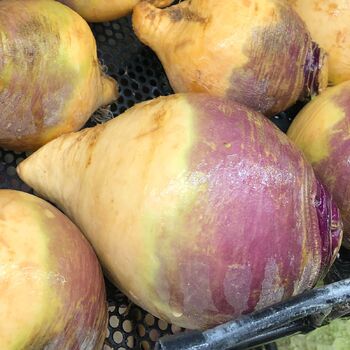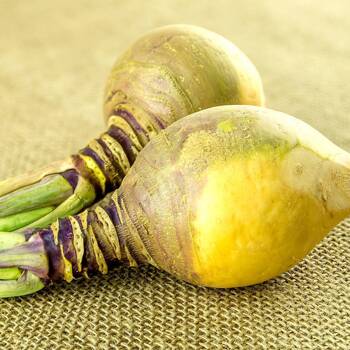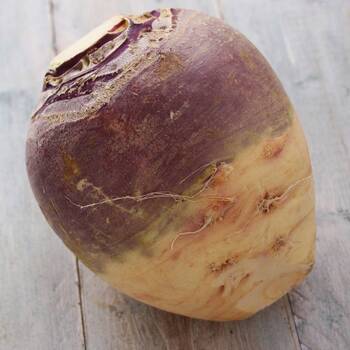Swede Seeds_
Guides
-
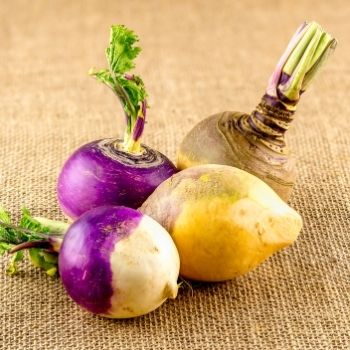
How to Grow Swede Seeds
A comprehensive guide on how to grow Swede Seeds; including soil preparation and position, when and how to sow, when and how to harvest and common pests and diseases. View guide.
-
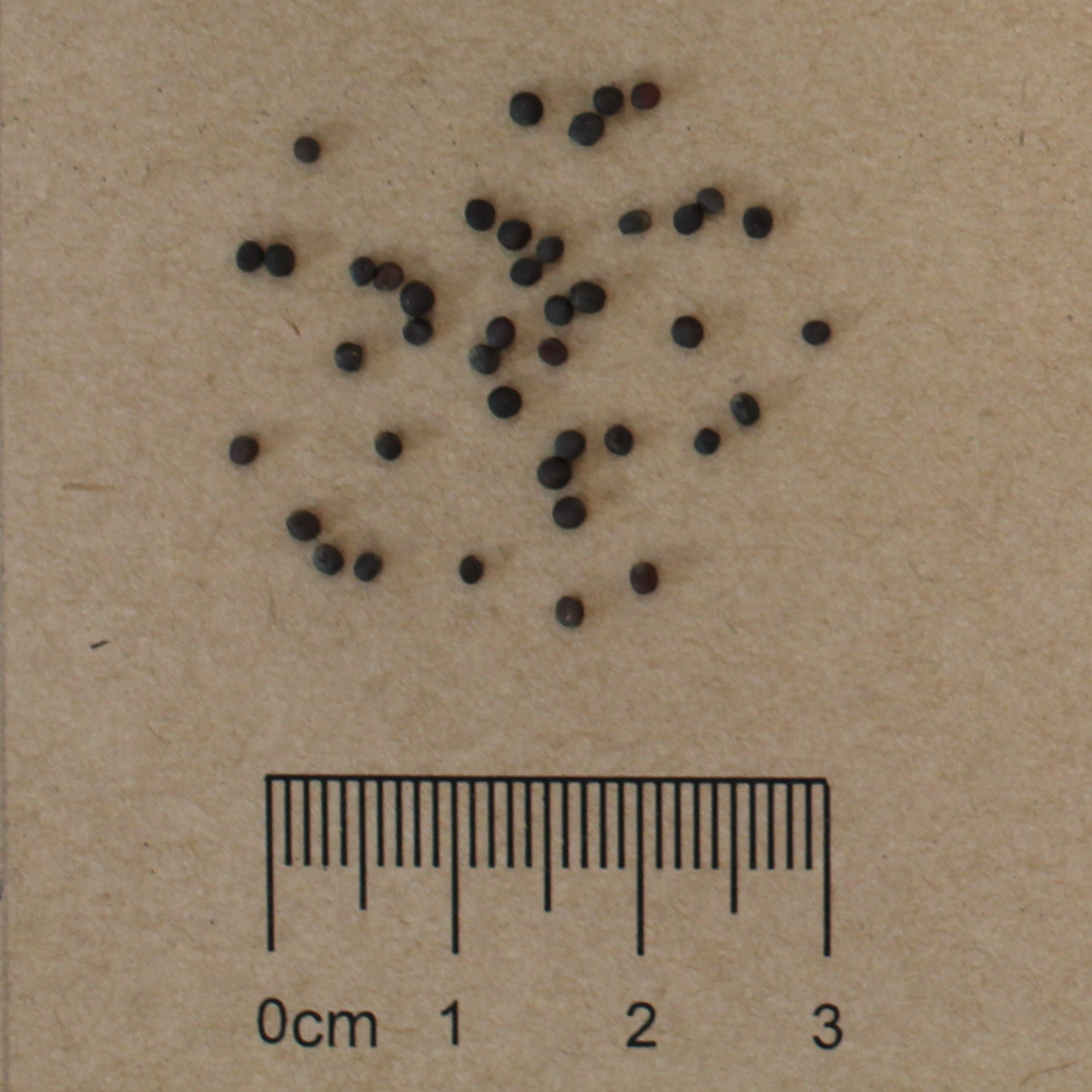
Seed Saving Guide: Swede (Brassica napus)
A guide on how to save Swede seeds; including pollination type, isolation distance, when to harvest and best cleaning methods. View guide.



